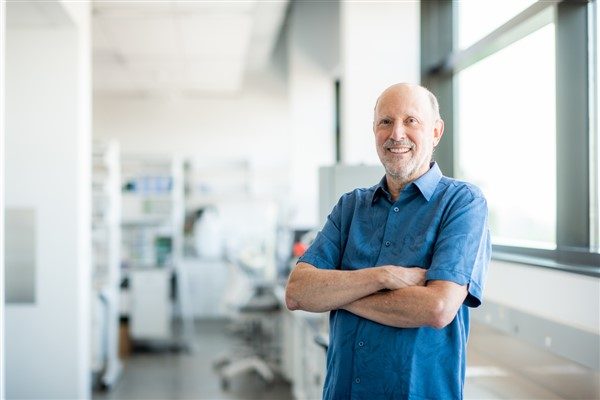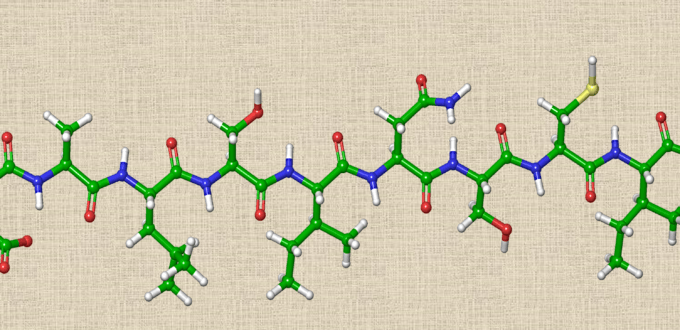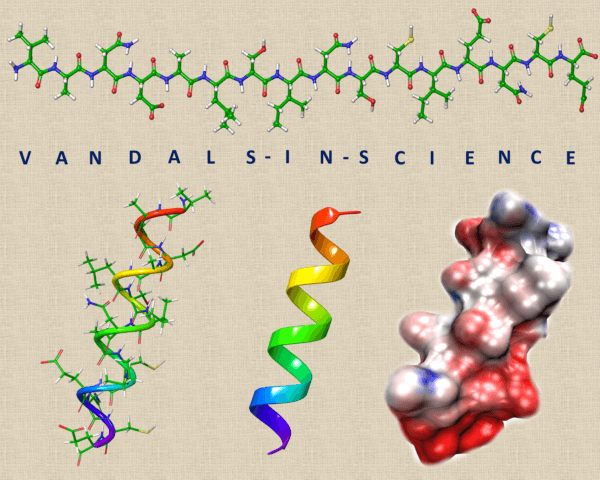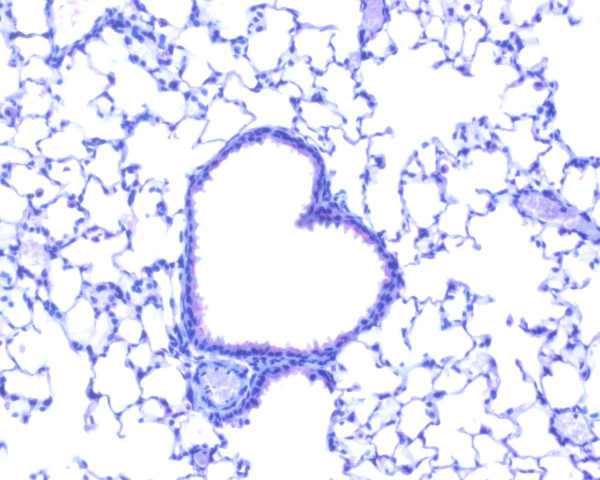Congratulations to CMCI postdoc Aniruddha Belsare who will soon be joining the Boone and Crockett Quantitative Wildlife Center (QWC) in the Department of Fisheries & Wildlife at Michigan State University as a Research Associate. his work will focus on the development of quantitative tools to evaluate tne inform wildlife disease control and management, specifically chronic wasting disease in white-tailed deer.
Aniruddha is looking forward to the opportunity to work with and mentor undergraduate and graduate students at QWC. “I’ve been impressed by the collaborative culture and the strong atmosphere of collegiality at the QWC,” he said.
He said that he will miss the small-town setting of Moscow and the scenic Palouse and his colleagues at the U of I.
At a small going-away reception, Aniruddha shared that he first arrived in Moscow on the weekend when the university was closed. But, wanting to see where he’d be working, he grabbed the address and asked Google to show him the way. He was so very, very disappointed when the directions kept taking him to warehouse-type buildings on the edge of campus. It wasn’t until later that he realized the address he was using – 875 Perimeter Drive – was the mailing address for the entire campus and not the physical location of his soon-to-be office. He was relieved and thrilled when he later discovered that the stunning IRIC was where he would actually be working.
CMCI will miss Aniruddha and his scientific contributions but wishes him well on his new adventures.





